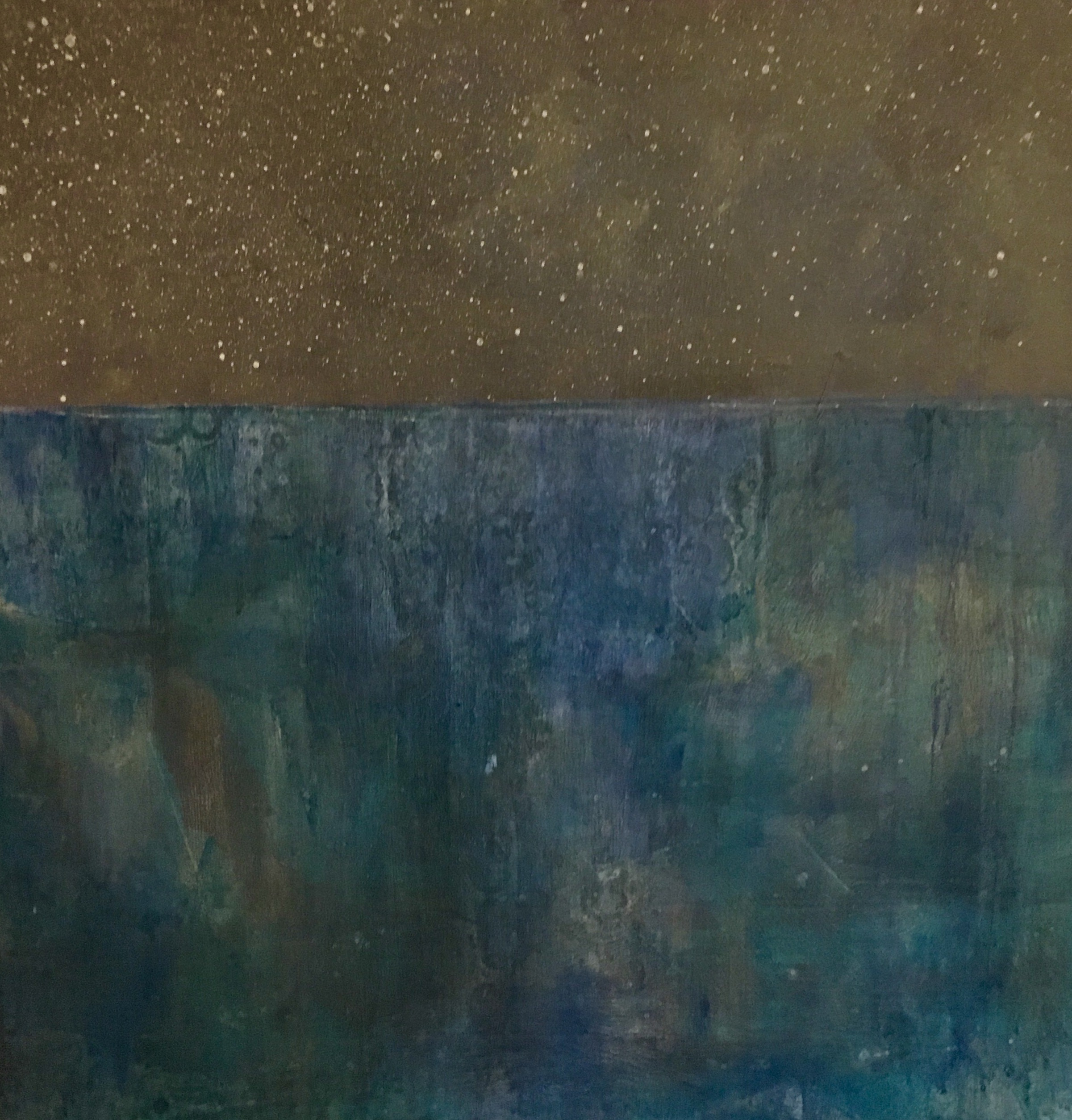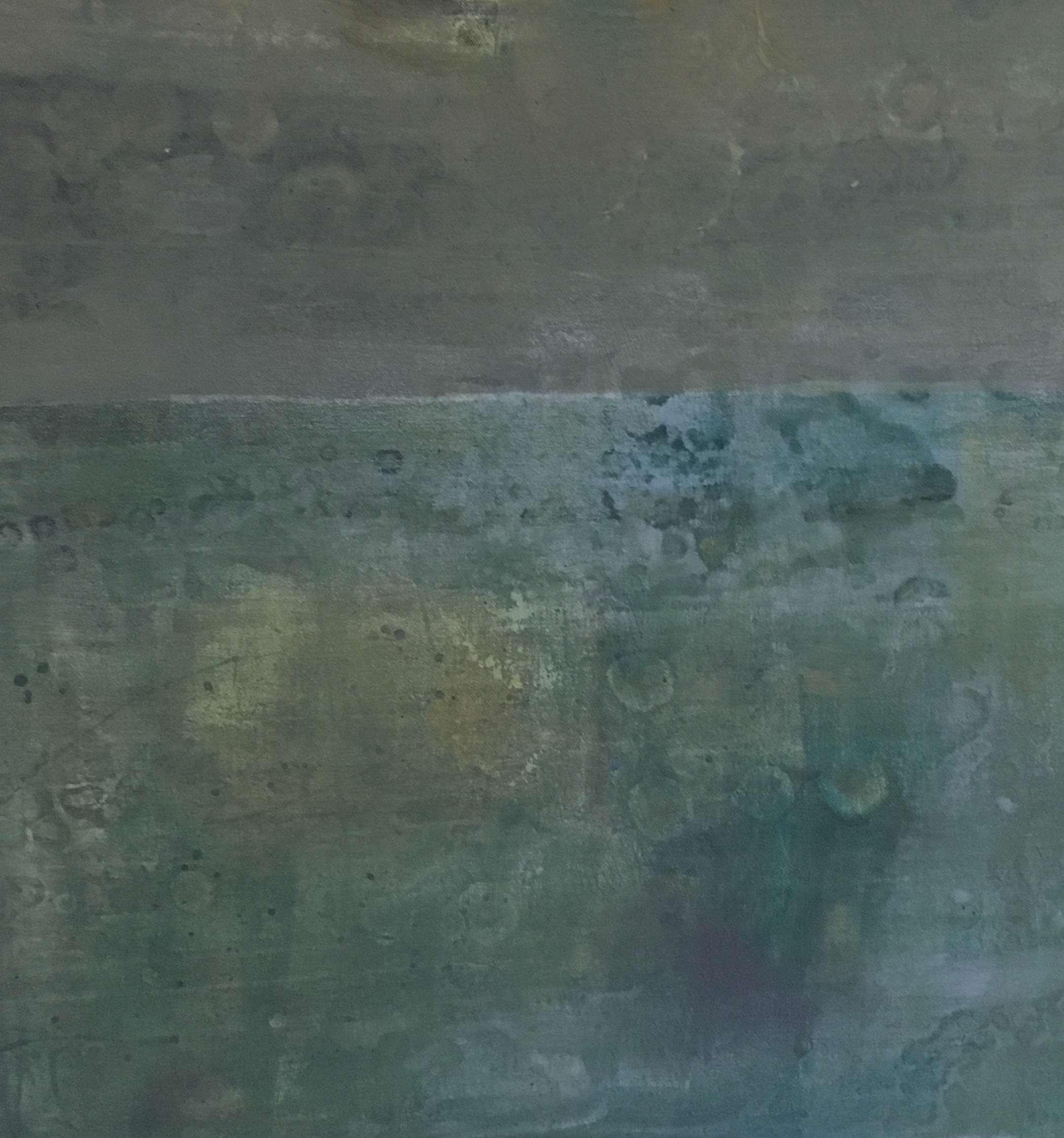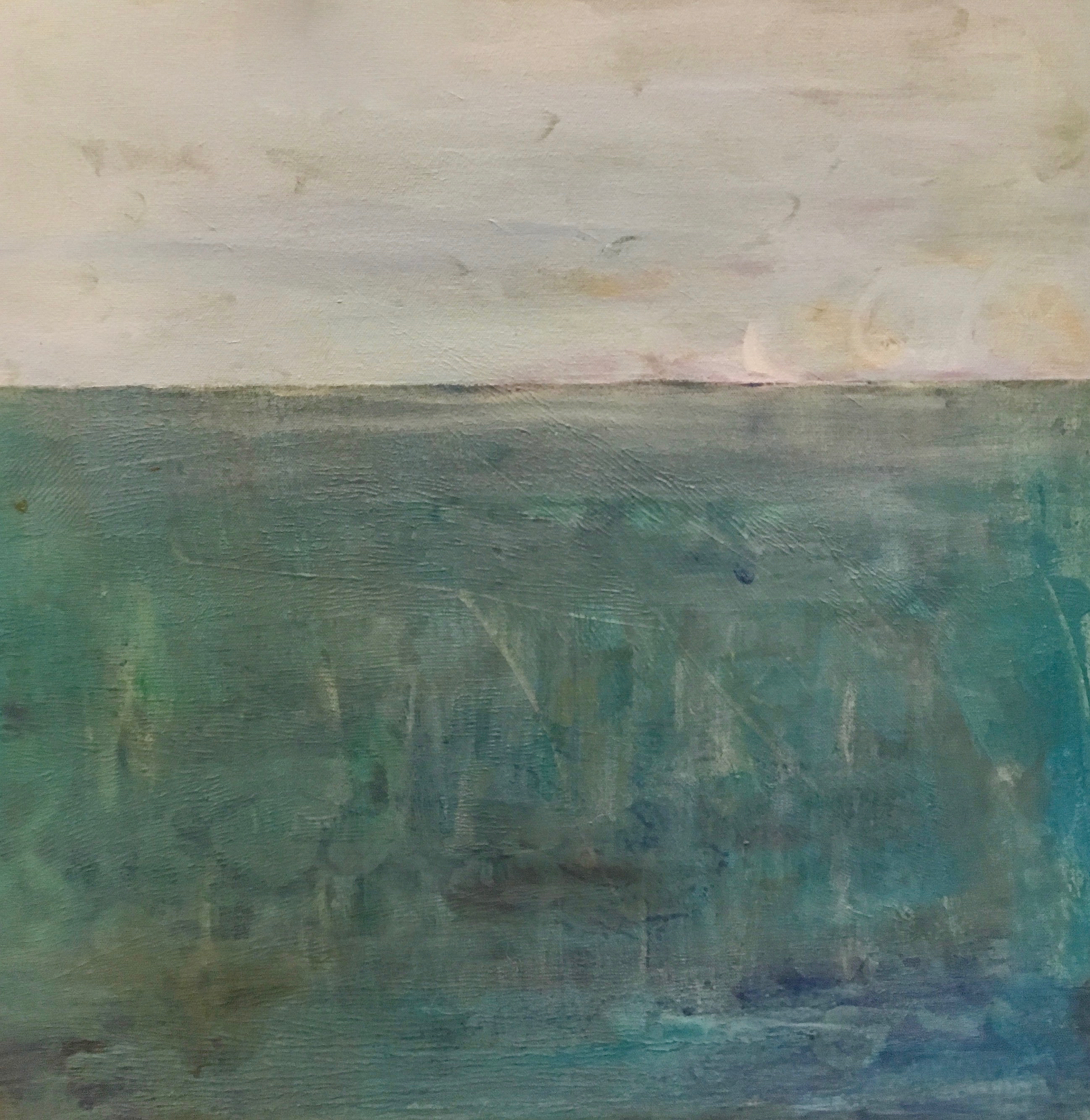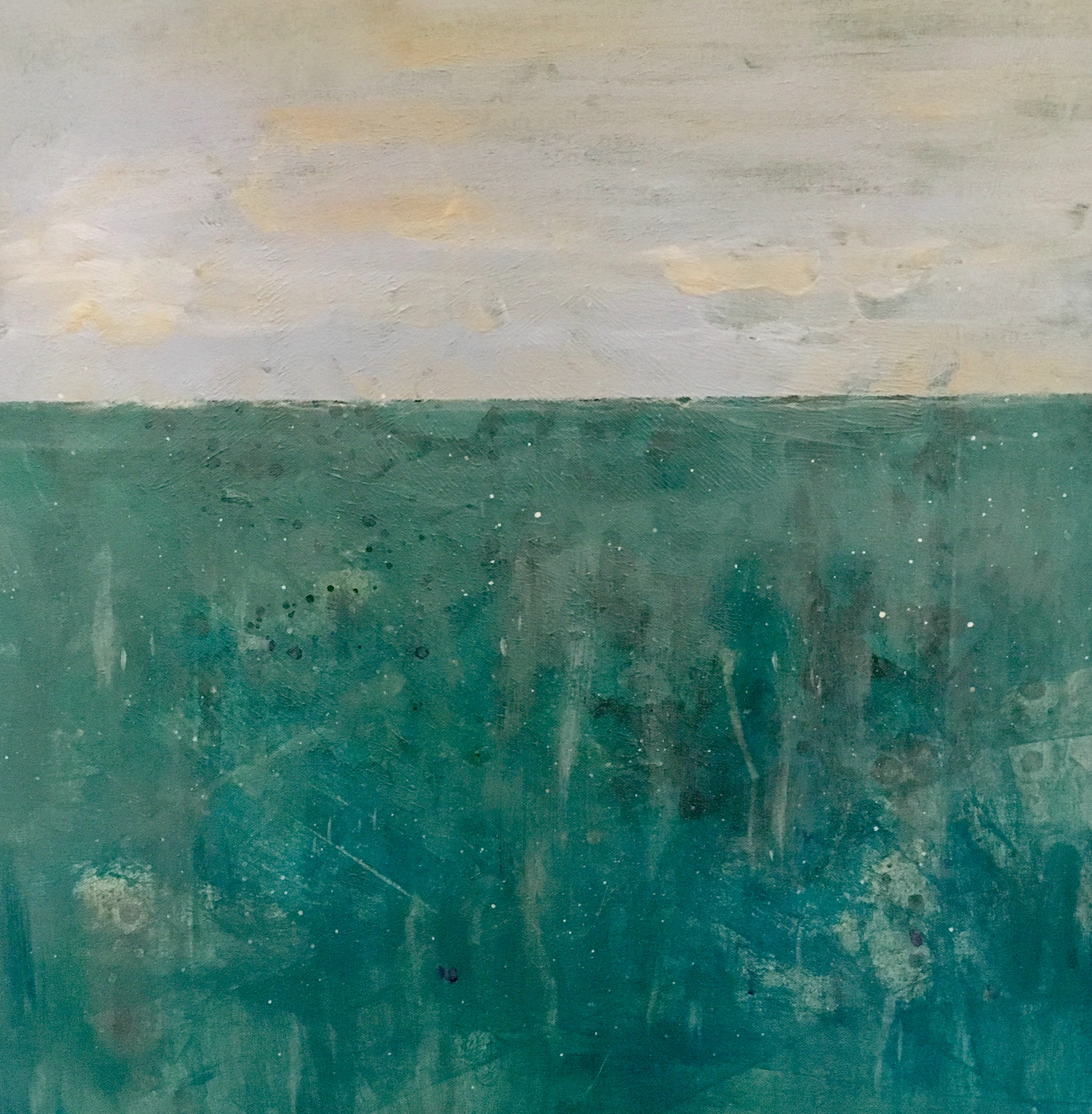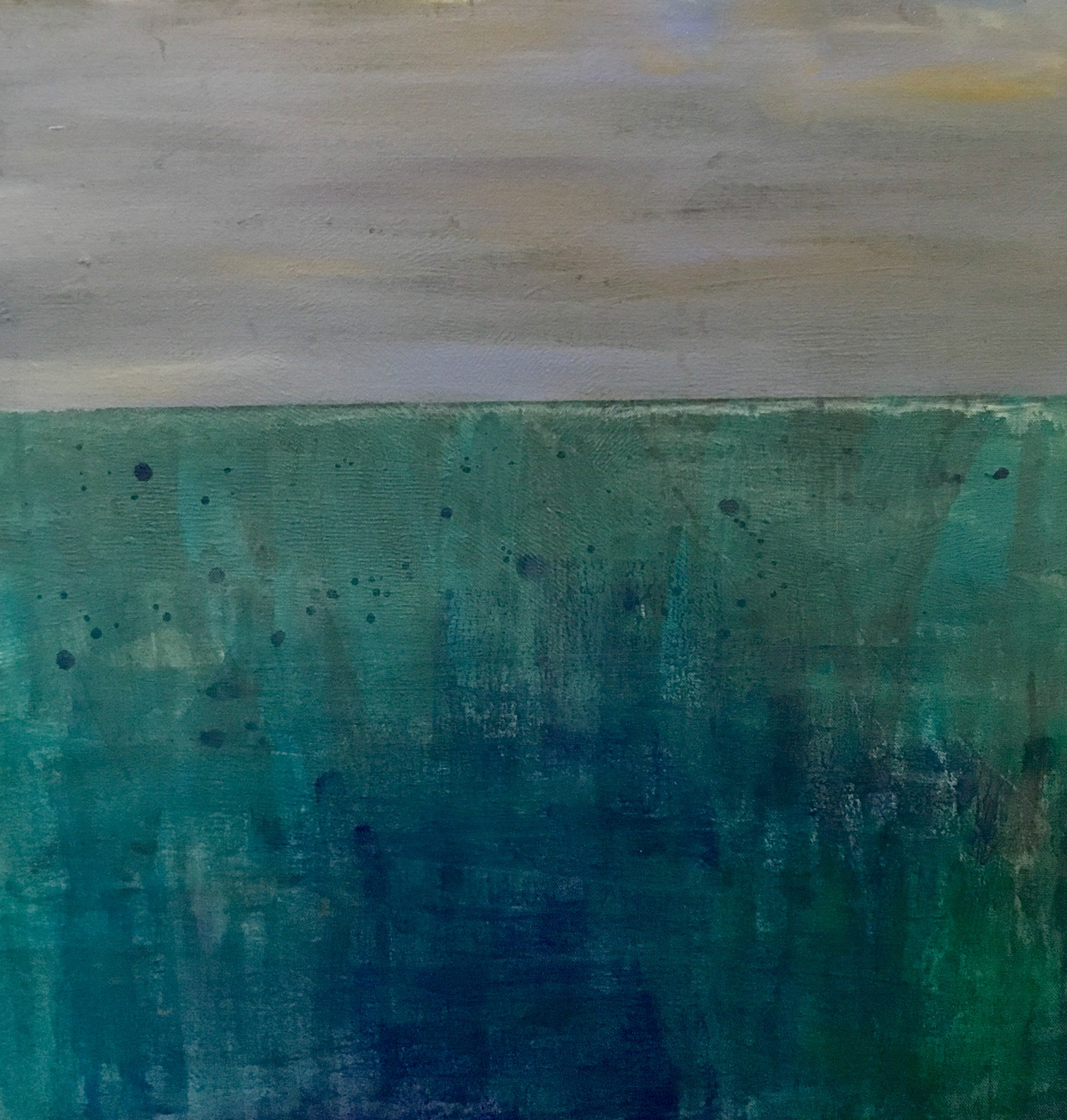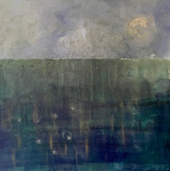
LIFE AS MYTH
![]()
JOURNAL
![]()
JOURNAL 2018
![]()
Mary & Co.
What we might be
![]()
WINTER 2018
![]()
LIFEWORKS
![]()
ATLAS
![]()

WINTER 2018
ONCE UPON A TIME
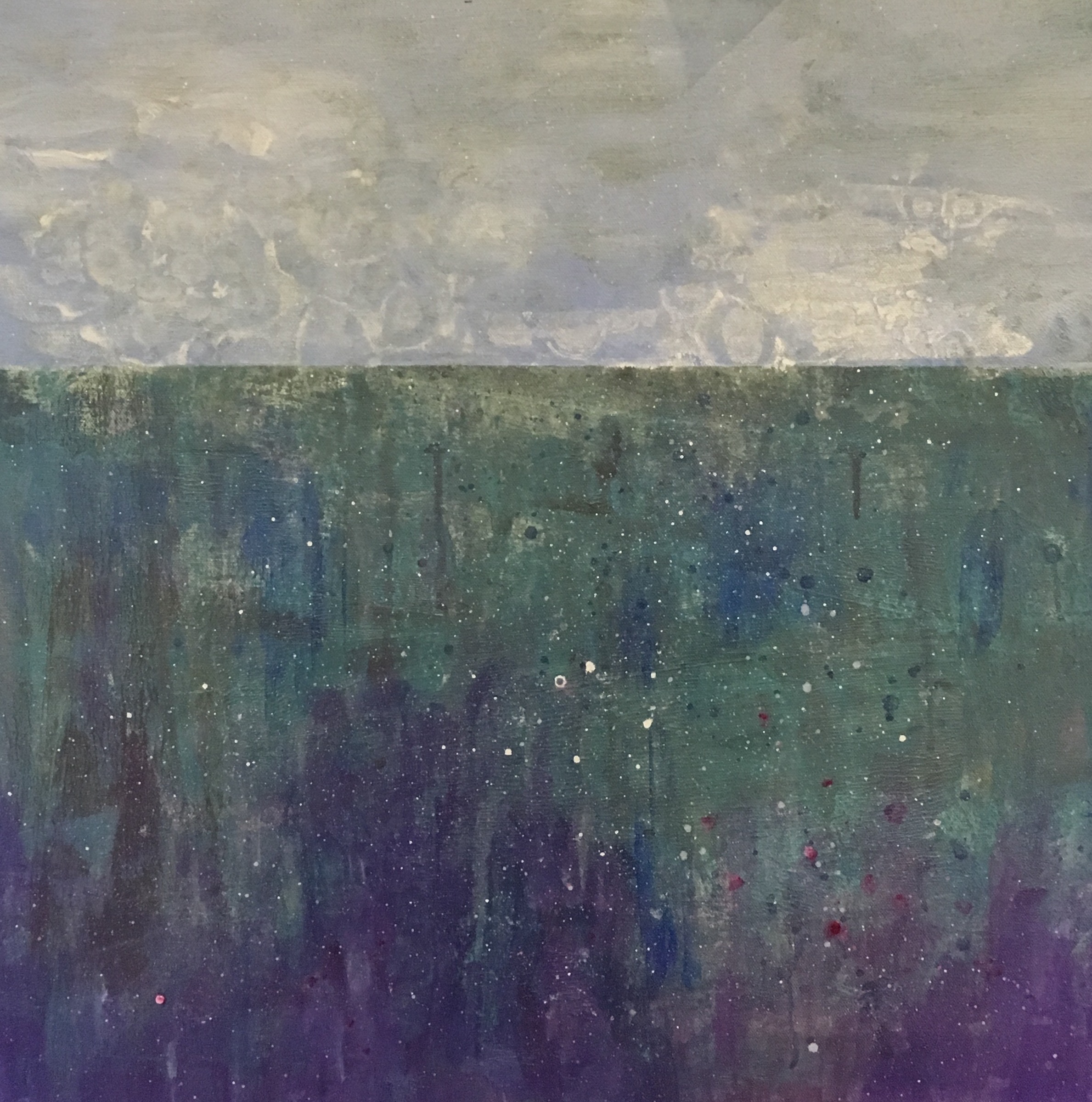
The garden polyptych. (from top, left to right) No. 1: Annunciation (Matins), No. 2: Dreams (Lauds) private collection, No. 3: Birth (Prime), No. 4: Spirit (Terce), No. 5: Adoration (Sext) private collection, No. 6: Communion (Nones), No. 7: Grace (Vespers) private collection, No. 8: Completion (Compline) private collection. (below) The madonna of the roses, Stefan Lochner. 1448. Wallraf Richartz Museum, Koln, Germany.
"Once upon a time" -- what does that mean? It suggests the beginning of a story, one from the past, probably a fairy tale. But there is something very special about the phrase. Unlike "happily ever after" that signals an end to the story and our imaginative journey, "once upon a time" is full of possibilities. With those four words we enter a place apart from our everyday experience and outside the constraints of ordinary time.
Time is the governing feature of the journey from "once upon a time" to "happily ever after". But, if we allow it, Time is far more creative than the progression of hands around a watch face. Time is wild, irrational, a trapeze act that can move forward and backward and then maybe not at all.
Here are two ways to think about how Time works. First, one from Life. Then, one from Art.
The garden polyptych (above) is a new series I created for a November exhibition. I love illuminated manuscripts and they were an influence on this work but stained glass is probably a better metaphor for the project, as the piece narrates the transformation of color through the lens of one day. Consider. If you watch a stained glass window you will see it change. The window glass remains fixed but when combined with light, as it is meant to be, the glass transforms over time. It's more than the shifting of colors. If you watch carefully, it can also hold the flickering shadow of branches or a bird's wings. It can shift the light in the interior space, as a chapel brightens or dims or holds a puddle of rainbow light on floor and walls. The garden polyptych considers the fundamental truth of the stained glass: Time is at play in the world.
Turning to art. The relationship between light and Time is at the heart of French Impressionism and the work of Claude Monet. In a departure from traditional indoor studios, French Impressionists worked in out-of-door venues where the shifting environment provided not only a new lens on the world but required a new technique to express that. Broken color combined with broken brushwork reflected observations outdoors. Paintings took on a sketchy and unfinished quality. Artists also began shadowing with color rather that black and gray and the overall result was highly evocative, conveying a sense of light and atmosphere.
Claude Monet explored atmosphere in the natural world throughout his life. He had a particular interest in serial studies which included haystacks and poplars, Rouen Cathedral and the Houses of Parliament. His most memorable work, however, is The water lilies series. These 250 paintings, created during the final three decades of his life, are all the more impressive when considered in the context of his life: Monet was 58 years old when he began the series and for the last ten years of his life his vision was compromised by cataracts. He wrote to a friend of his changing vision, My bad sight means that I see everything through a mist. Even so it is beautiful, and that's what I would like to show (1911).
Guided by his memory of color or by the shifting truth of his own eyes, Monet continued the series until his death. This prolonged study leaves us with more than the remarkable vision of a lily pond. It showcases Monet's own personal transformation with aging. We cannot fully appreciate the scope of Monet's accomplishment with one painting. We must consider the interplay of art and artist across Time.
Returning now to my own "once upon a time". The garden polyptych is a new series I created for a November exhibition. I didn't know that I would be painting a garden across time but after several false starts, a garden emerged. Then when it re-emerged, I entered the world of "once upon a time" or a world of possibilities. I've been exploring The Little Office of the Blessed Virgin Mary as a story telling cycle for several years and suddenly the possibilities for that narrative thread opened up into my visual world. What excited me about this garden was the way time is anchored to daily living and yet still transcends it.
One of the problems with fairy tales is the expectation that one moves from "once upon a time" to "happily ever after". The underlying assumption is, I suppose, that what happens after "happily ever after" is just not interesting enough to write (or whatever happens after a princess marries a prince, or a knight defeats a dragon, etc). What I want to suggest is that we view "once upon a time" instead as full of possibilities -- possibilities that open up with each day we live, each heartbreak we suffer, each joy we glimpse, each unexpected garden we find, each time a shaft of rainbow light puddles on the floor.
THE LITTLE OFFICE IN THE GARDEN
This brief explanation of The Little Office of the Blessed Virgin Mary may provide a helpful context for The garden polyptych. The Little Office is an old liturgical form popular in the Middle Ages. It is not only a spiritual practice but a dynamic storytelling cycle that transcends time, by spiraling back on itself and beginning again. The format is a weekly devotional cycle consisting of psalms, hymns and sacred readings. By the tenth century it was in widespread use, showing up as standard text in the book of hours. By the fourteenth century it was obligatory practice for all clergy. Since the conclusion of the Second Vatican Council, The Little Office has endured in print and practice as an alternative to The Divine Hours. This option accommodates those who simply prefer The Little Office over The Divine Hours and also those who choose to center their daily spiritual practice around the Virgin Mary.
Each panel of The garden polyptych coincides with an hour found in The Little Office. Here Mary becomes the garden, revealing herself through form and color, over time, and within the miracle of one created day.
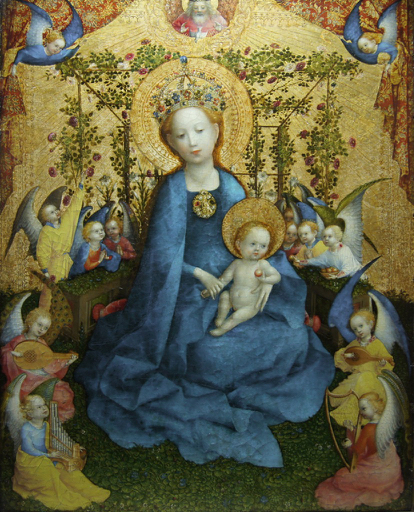
THE HOURS
The eight canonical hours are distinct intervals of time between the daily prayers. In the Roman and Anglican traditions the canonical hours are also known as 'offices'. In the Eastern Orthodox Church, they are called 'the divine services' and The Books of Hours is called a Horologian (Ωρολο´γιον).
Matins (The Annunciation)
Lauds (The Visitation)
Prime (The Nativity)
Terce (Annunciation to the Shepherds)
Sext (Adoration of the Magi)
Nones (Presentation in the Temple)
Vespers (Flight into Egypt)
Compline (Coronation of the Virgin)

